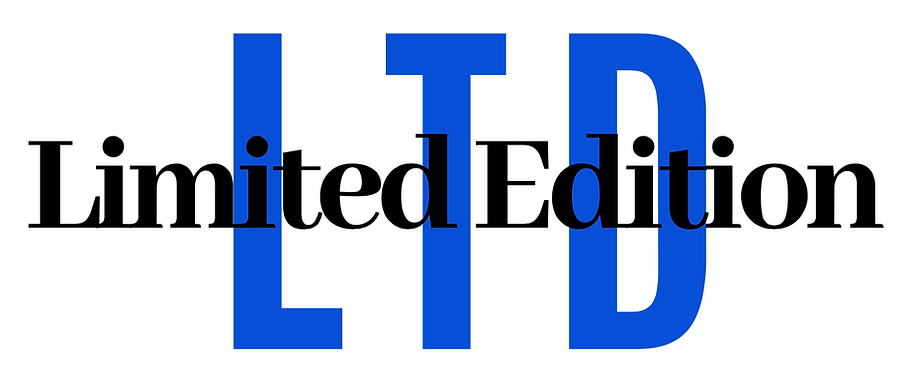Education in Tech at TFS
- Martin Thaw
- Feb 6, 2019
- 4 min read
The Innovative Technology Club, the Robotics Society, the Tuesday morning Java training sessions and the mandatory computer technology classes are great places for students to learn about technology at our school. These engagements give students the chance to gain technological knowledge while developing passions and the love of learning. Students can also connect with others during meetings when they work together. These technology programs offer numerous leadership opportunities for students to develop technology initiatives and lead projects. The program allows us to acquire technical skills and to reflect upon the social and ethical issues regarding the applications of artificial intelligence.

The Innovative Technology Club offers a wide array of technology training, exposing students to the newest, state-of-the-art technology equipment. Our school truly put in a lot of effort in making sure that students have a complete and excellent educational experience by acquiring the most recent, high-quality technology equipment and software for students’ use. For those of you who may not know, the IT Club has set up training modules (which are essentially compacted tutorials housed in google forms on information to operate machines safely) with the help of student leaders to teach other students how to use the complicated devices that the school boasts. The weekly meetings on Fridays during lunch time immerse students in technology and allow them to experiment, use, and understand how the equipment works. Students also train themselves to use creativity and innovation to conceptualize improvements for previously designed concepts. Located in different departments around the school, the equipment can easily be accessed by students upon the completion of the training module for the specific machine.
In the event that you run into problems with operating these machines or software, students can consult the professional technology staff members or their student peers to troubleshoot. Very often, you will be surprised to realize how far you will learn beyond our basic knowledge level. In my case, I had a wonderful opportunity to learn from Mr. Tarle and Mr. Reaburn, who helped me perfect my training module for the state-of-the-art Ultimaker 3-D printers at TFS. These printers are capable of printing 3-dimensional models with extreme precision producing ultra thin layers with a height of 0.02 mm or roughly the size of a red blood cells! Another notable feature of these printers is the Bowden extruder (a part that spits out melted plastic), which is a style of 3-D printer where the extruder motor is placed at the back of the printer but not on the print head, helping the head accelerate and jerk (change velocity instantaneously) faster. Only a fancy printer can boast all of these features. When developing the training modules, I could not wait to incorporate as many details as possible in order to help others understand the features and operate these machines.
After the launch of the 3-D printing training module, Mr. Reaburn introduced me along with other students to interesting projects. I used the Fusion 360 design software to design prototypes. I followed the design cycle (research, idea development, creation and evaluation) to design a model while applying science and engineering concepts. Fusion 360 is a software used by engineers and architects to develop concepts and models in industrial design. It is ideal for designing functional parts because of its precision and simulation ability to animate and test designs. Mr. Reaburn taught me not only about the tools and features of this software to design efficiently, but also how to implement interesting science concepts in my models. My project always kept me curious to find out what the next steps were and what future projects I could engage myself in.
Another exciting project was introduced to me by Mr. Tarle to work on “The Missing R.” I again used Fusion 360 to make a letter R, which was missing from the word ‘HEADMASTER’ on the nameplate on the Headmaster’s office door. I took the rough measurements of the other remaining letters on the door to create the first prototype of the letter R. We then printed my model letter for comparison until the seventh prototype finally matched the font and size of the remaining letters. I found it hard to tell whether the print was the original letter, or a new 3-D printed creation. It was a really fun experience and I am actually very happy with the perfect final product.
In addition to the 3-D printers, TFS has amazing Virtual Reality (VR) headsets. These headsets allow users to see anything, using a computer-generated experience in a simulated environment. They basically create an environment through feedback, sounds, or other senses to simulate the real experience. Students can complete the training module for the VR headsets and learn to calibrate all of the sensors to eventually have access to these futuristic technological inventions.
The school also has Epson interactive projectors. These projectors are able to project images on walls and turn the wall into a touchscreen! This great feature can certainly save a lot of marker ink, while allowing users to annotate, move the writing, and take screenshots of what was written on the board. It also permits screen mirroring since there are 2 projectors in each classroom. You can explore the sophisticated technology used to design this projector if you join the club!

Comments